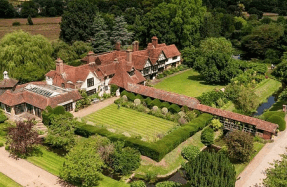Putting a face to a name


WE find it quite difficult to project a face onto a skull,’ admits Caroline Wilkinson of Liverpool John Moores University. Through a mixture of science and sculpture, she has taken the skulls of Richard III and Robert the Bruce, then shown how they would have looked in their prime. ‘Seeing someone’s face is a really good way of interacting and communicating with them,’ she continues. ‘It also creates a sense of empathy and understanding and has been used by museums as a way of drawing the attention of the audience, of connecting them with people from the past.’
Facial reconstructions have been around since the late 19th century, at first as a strand of forensic science and then, in the same way that dental records might be used, as a way of confirming the identity of the deceased. However, another use that also began to emerge was as a means of delving back
You’re reading a preview, subscribe to read more.
Start your free 30 days



